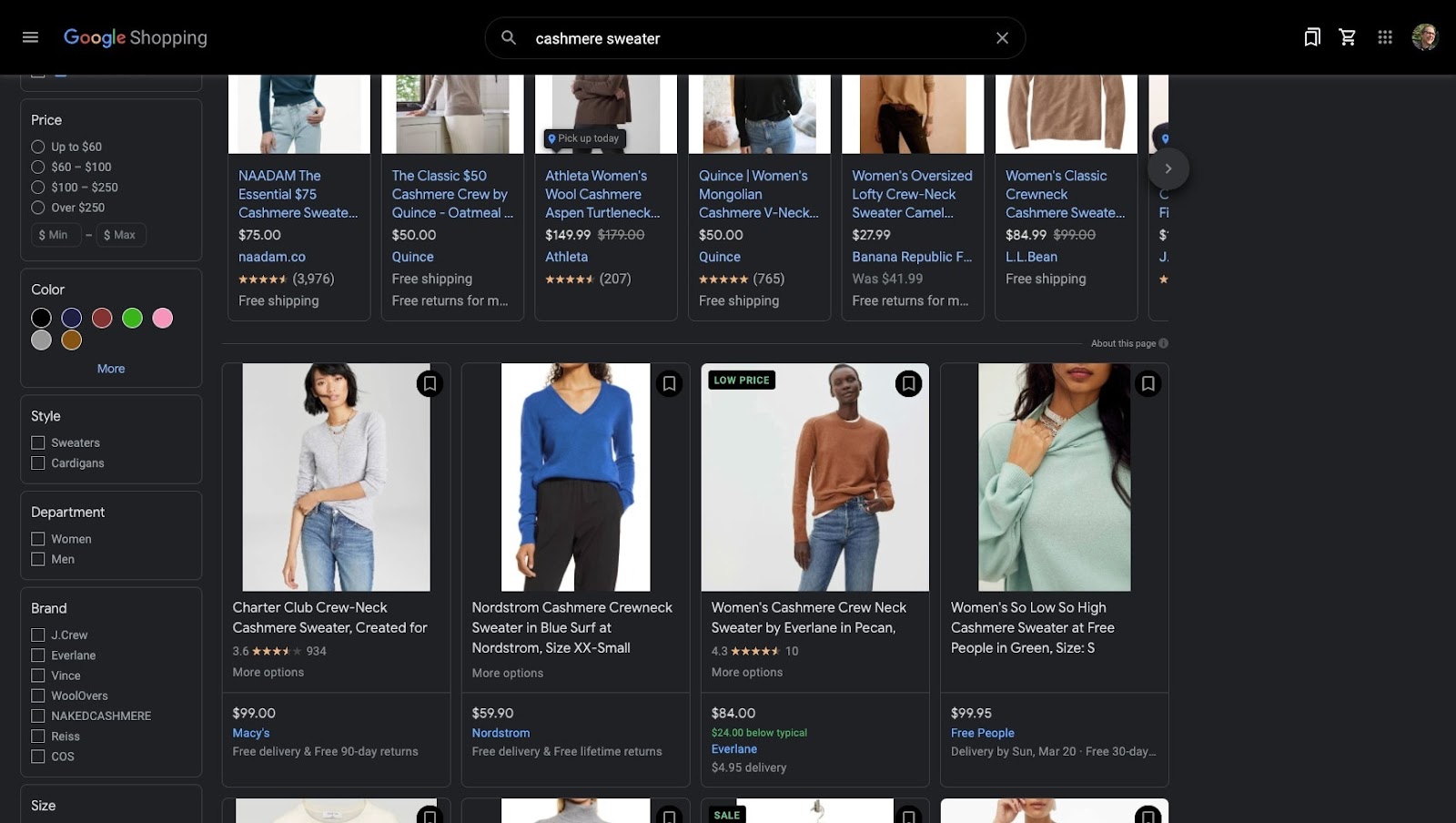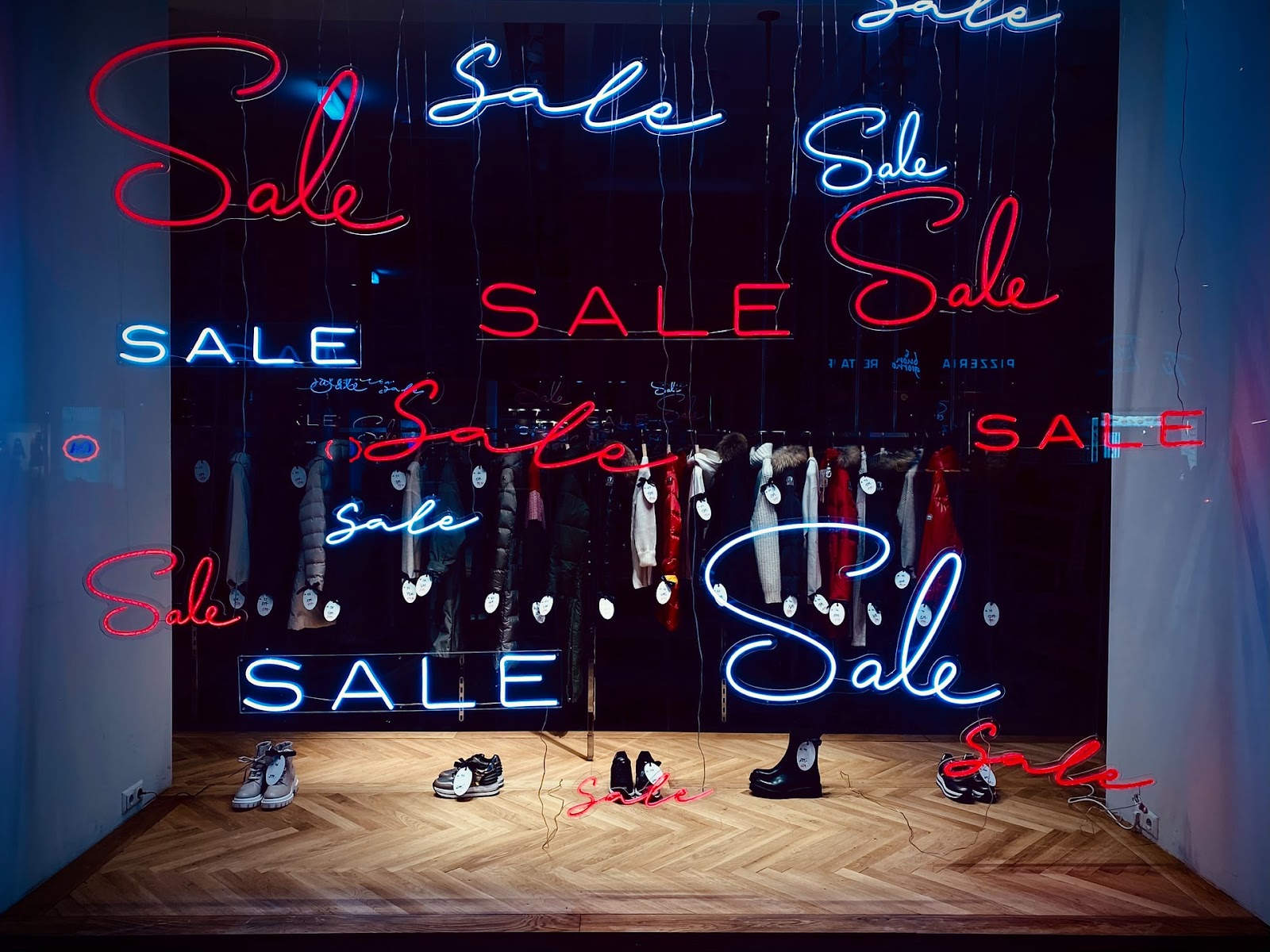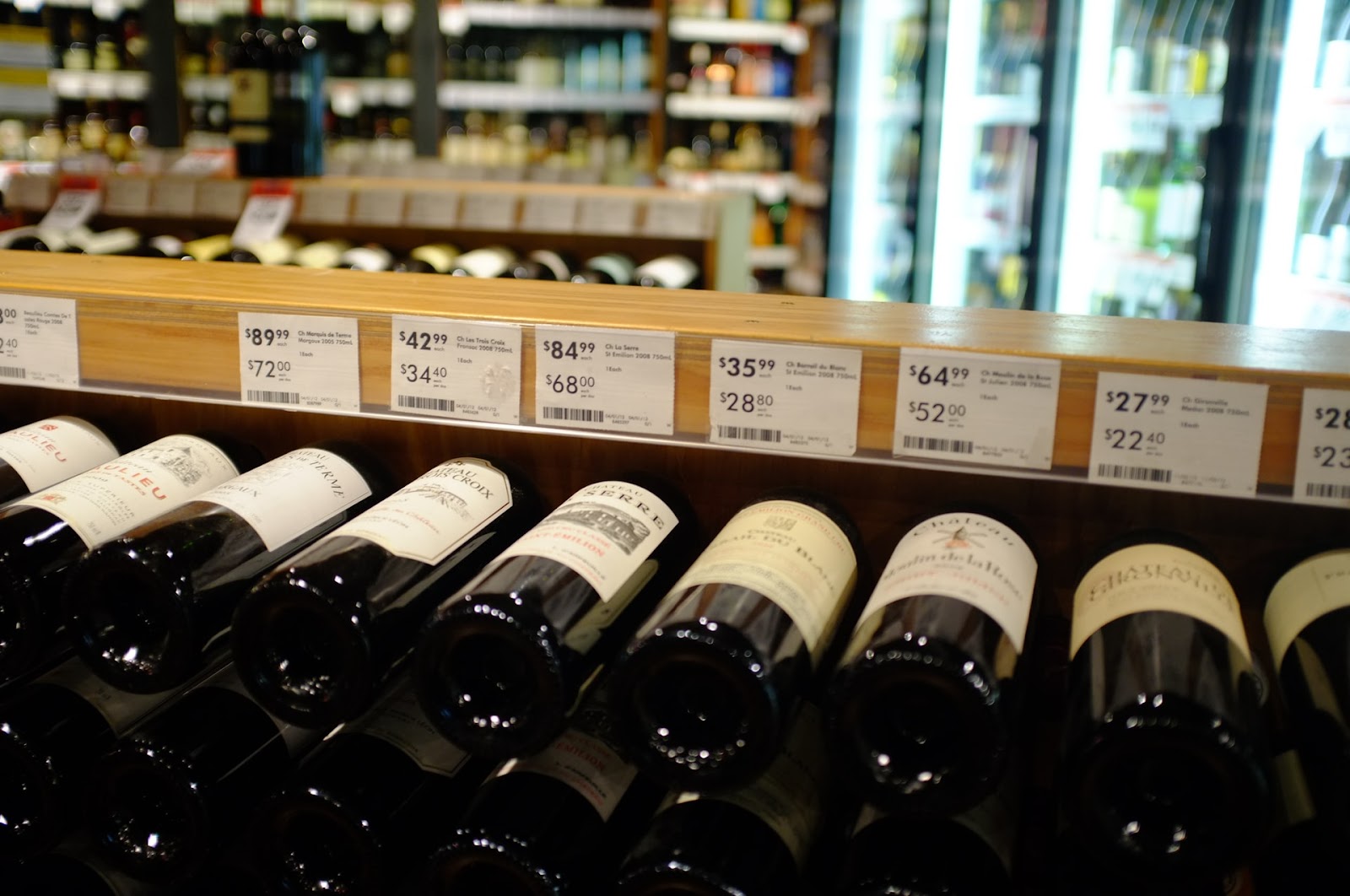The Guide to Ecommerce Retail Pricing Strategy: Pricing Your Products For Success

OK, so you’ve set up your online store, you’ve found a great source for products or raw materials, and you’ve built out a powerful app stack for scaling your brand efficiently.
Awesome.
Now, you’ve got to find a way to make money from all your hard work. That’s where ecommerce pricing strategies come in.
You don’t just come up with a price that sounds nice to the ear—it has to be based on real-life costs, what a consumer will actually pay, and what your competition is doing.
There are methods that retailers use to get to their final number, which help determine how much money they’ll retain for all that hard work.
In this post, we’ll cover:
As always, let’s define the idea of pricing strategies and where to start.
#cta-visual-pb#<cta-title>Customize your product pages for maximum conversions<cta-title>After you lock in the best prices, create custom product pages that drive shoppers to the checkout.Get started for free
What is retail pricing strategy?
Pricing strategies are the methods sellers use to determine the price of their products or services.
Those prices you see every day on those product pages didn’t come out of thin air. Merchants figure out what their products should cost by using one of many ecommerce pricing strategies.
The strategy you choose will help you attract customers while maximizing profits.
Obviously, you want to charge more than it costs you to buy, manufacture, and market a product.
But, coming up with the margin above those costs depends on what you are selling and who you are competing with, among other variables.
What to know before calculating your prices

As you’ll see, there are lots of pricing strategies you can use. But what they all have in common is that the resulting price will be more than what you paid for the product.
The first rule of pricing is you need to make more than you are spending.
In order to abide by that rule, you need to figure out your cost of goods sold (COGS) and your operating expenses (OPEX) to see what you are putting in for your products.
COGS refers to the costs of manufacturing or obtaining your products. For products you source from wholesale suppliers, the math is simple—you just use the price you paid.
For products you manufacture, there are a few more inputs—such as the cost of raw materials and the cost of labor, which is all then divided by the number of product units you’ve made.
Where COGS are the costs directly attributable to a product, operating expenses (OPEX) are more general, in-direct costs, which are nonetheless important to consider.
OPEX costs includes things like:
- The building and maintenance of your Shopify or BigCommerce store
- Hosting for ecommerce platforms that do not include it
- Marketing, such as paid advertising, content marketing, SEO services, and supporting apps
- Rent and utilities for stores with a brick-and-mortar presence
- Customer service
- Insurance and legal fees
With both figures in hand, you need to break them down on a per-unit basis. That number is your starting point; it’s where you break even. Obviously, you want to do more than break even.
Which brings us to the matter at hand—ecommerce pricing strategies.
Types of ecommerce pricing strategies to determine your profit margin
You know how much it costs to create your products and keep the business running like a well-oiled machine.
Now you need to figure out how to make some money on top of that.
Not all pricing models work for all businesses. You’ve got to find the approach that best fits your industry and product.
Let’s take a look at each pricing strategy to see what’ll work for you.
Cost-plus pricing (AKA markup pricing)
First up, let’s talk about one of this simplest pricing strategies—cost-plus pricing.
If you’ve already calculated your per-unit costs (with COGS plus OPEX included), then the only step left is to add on a profit margin.
The name says everything here. It’s your cost plus your margin.
That said, you need to know figure out the margin that makes the most sense for your brand and your market. That could be 10%, 20%, or even 30% markup.
While this method is super simple, it won’t work too well in a competitive market. You’ll end up charging either too little or too much compared to your competitors, driving potential customers away.
Competitive pricing (or competition-based pricing)
Many retailers are in a position of competing with others for the attention of their customers. They sell similar products and must price with the competition in mind.
Brands look at what their competitors are selling their products for and set their prices strategically to both woo customers away from the competition and maintain a comfortable profit margin.
There can be a slippery slope to this strategy, especially when selling on a marketplace (like Amazon, Walmart, or Etsy), because it can become a race to the bottom, driving margins way down.
If you are selling on your own store, the threat of competitors constantly undercutting isn’t as direct. You can retain customers more easily by creating a memorable brand experience.

To find your competitors’ prices, you can use a comparison shopping engine, such as Google Shopping or PriceGrabber to see the whole landscape and get a better handle on what your own pricing should be to stay competitive.
Penetration pricing
This pricing strategy aims to make a splash upon entering the market. A brand sets prices low to attract customers and gain a following.
With a foothold in the market, brands can increase prices over time.
One potential drawback to this approach is that the perceived value of a product will reflect the initial low pricing and make customers resist future price increases.
Price skimming
Common to tech products like smartphones, price skimming involves charging higher prices at the product launch and lowering the price over time to match demand.
When there is little chance of real competition, this strategy works quite well. When Apple launches a new iPhone, they can set the price high since nobody else is going to be selling it.
Many in retail won’t find themselves in the situation to use this strategy, though.
Value-based pricing
This strategy doesn’t rely as much on real numbers as it does on the value attributed to a product by consumers.
Brands have to do research to figure out what people are willing to pay for a product, setting the price at the upper limit. This is most common within the fashion industry.
You see this in action with luxury brands like Prada, Gucci, and Louis Vuitton. These products are symbols of wealth; therefore, the prices are set to match the expectations of their target market.
This perceived value can also be attained by A-list celebrities using or wearing a product, driving prices up while costs remain the same.
Discount pricing

Everyone loves a good deal, which is why discount pricing can be such a successful gambit.
It’s a promotional pricing strategy that nearly every retailer employs at one time or another. It helps draw in traffic and drive up sales for a particular product.
You may use discount pricing for moving inventory that hasn’t been selling as well or for big seasonal events, such as Black Friday.
It can be a great opportunity to move a lot of product in a short amount of time, especially with a sound marketing strategy in place.
By using email marketing, social media, and paid ads to drive traffic to special offer pages, you can really clean up with discount pricing.
You don’t want to use discount pricing too liberally, though, as you may hazard creating a lower value perception for your products.
#cta-paragraph-pb#Make your sales more successful by getting inspiration from special offer landing pages that drive conversions.
Bundle pricing
Another way to offer discounted pricing without cutting the prices of individual products is to use the bundle pricing strategy.
With this strategy, you create new SKUs consisting of a collection of your products at a lower price than if they were purchased individually.
Successful stores like Beardbrand use bundle pricing instead of relying on big sales, helping them to increase cart sizes while helping out their customers.

Your customers get a good deal, and you get more sales with a higher average order value.
To be successful, you need to offer a large enough discount for the bundle to entice customers to prefer the bundle over individual products. Studies have shown that a 45% discount is where customers prefer bundles.
Another benefit is that sellers can move inventory that doesn’t sell as well by including those products in a bundle.
Keystone pricing
This is another simple way to markup products—just take your COGS and double it.
The amount you’re doubling doesn’t include are your operating expenses, so the margin isn’t as steep as it may seem. So, if it costs you $35 to make a product, you’d turn around and sell it for $70.
This strategy assures a nice profit margin, but it also may mean shoppers look elsewhere because of the high pricing. If what you sell is readily available at other retailers, keystone pricing may just make you the most expensive option out there.
On the other hand, you could be selling yourself short. If your product is particularly unique or its overhead cost is high, you might want to adjust the formula for a higher margin.
It’s an easy way to price products without much fuss. Just make sure you are in the position to use it.
Vendor pricing
Resellers may have a limited window for pricing products, with clear guidance from their vendors on how it should be priced.
Vendors commonly determine the MSRP (manufacturer suggested retail price) or MAP (minimum advertised price) to maintain their product’s perceived value and keeps resellers from driving prices down in competition with each other.
While it is possible to sell for less than the MSRP or MAP, you want to stay in the good graces of your vendor. The occasional sale shouldn’t cause friction, though.
Psychological pricing (AKA charm pricing)

The human brain is a wonder, but it still comes with its own share of bugs.
Psychological pricing is all about taking advantage of how humans perceive prices to increase sales. It all comes down to seemingly inconsequential numerical changes.
When referred to as charm pricing, it is the practice of dropping a cent off of a price to make buyers think something costs less than it actually does.
While $3.99 and $4 are essentially the same price, our minds rebel and give that one cent much more credit than it deserves.
Odd-even pricing
We’ve all encountered odd-even pricing, which is itself a subcategory of psychological pricing.
The last digit of a price will either be odd or even, bringing the whole number down.
Most often, you’ll see odd pricing, though some pricing schedules use an even digit to signal discounted pricing.
That sweater you bought didn’t cost $30; it cost $29.95.
The reason is that they are trying to trick your brain into thinking you are getting a bargain. You see the first number in the price and subconsciously think of it as costing closer to $20 than $30.
Other psychological pricing tricks
Retailers use other mental magic to make shoppers buy. Such as:
- Using smaller text for larger prices, thus reducing its visual magnitude
- Using larger text for discounts to prices to increase its significance
- Taking out commas in higher prices to make it seem lower
- Offering free shipping for a minimum order size to increase average order value
- Using urgency marketing by offering limited-time discounts
#cta-visual-pb#<cta-title>Drive them to conversion with custom product pages<cta-title>After pricing your products, give them a fitting home with on-brand, customized product pages.Start customizing for free today
FAQs about retail pricing strategies
What is a retail pricing formula?
The most basic retail pricing formula is:
#cta-paragraph-pb#Retail Price = Cost of Goods (COGS) + Markup
As you can see from the pricing strategies above, there are multiple ways to get to your final price.
What is gross profit margin?
Gross profit margin is the percentage of sales revenue left after accounting for cost of goods sold.
The formula is as follows:
#cta-paragraph-pb#Gross profit margin = ((revenue – COGS) ÷ revenue) x 100
It helps show the efficiency of the business. The gross profit margin represents what can be used to pay for various expenses like marketing, administration, salaries, and more.
What is net profit margin?
Net profit margin is the percentage of sales revenue left after accounting for all expenses. It is the true measure of a company’s profits. The formula is as follows:
#cta-paragraph-pb#Net profit margin = ((revenue – cost) ÷ revenue) x 100
What is a good profit margin for ecommerce?
Profit margins vary widely by industry. The retail industry has thinner margins than other industries, especially for brick-and-mortar stores that have the extra expense of rent and utilities.
According to data from NYU’s Stern School of Business, we find that general retail had an average gross margin of 24.32% and a net profit margin of 2.65%. For ecommerce retailers, the gross margin was 41.54%, and the net profit margin was 7.26%.
Increase your margins by pricing your products right
Building a successful ecommerce business relies on so many factors, but none as important as getting your pricing right.
Too low and you may be undermining your product (and shrinking your margin). Too high and customers will pass you by.
Find the right pricing strategy for your brand and run with it. When you get it right, you will see your sales thrive.
#cta-visual-pb#<cta-title>Custom product pages sell more<cta-title>Take that perfectly priced product and give it a custom page that has it flying off the shelves.Start customizing today

Sean Flannigan
Sean is one of Shogun's tireless content marketers. When he isn't creating exciting ecommerce content, he's probably biking or at the park.



